I have just completed a five-week travel stock shoot around Europe. In that time, I did 25 different shoots mainly at dawn and dusk. As many regular readers will know, I am a big advocate of the mirrorless system. Primarily for its compact dimensions and lightweight.
However, most of my stock media these days is video, and the added paraphernalia needed, such as tripods and gimbals, significantly increased that weight. Another aspect of shooting video that is hard work is that I tend to shoot everything manually. Manual focus, manual exposure and even manual white balance.
This combination of equipment and technique can be tiring and more importantly can stunt your creativity. Especially when you are doing it day in and day out at pretty anti-social hours. To counter this, I made sure that I had a few down days and times in the middle of the day when I could relax in the various locations I was visiting.
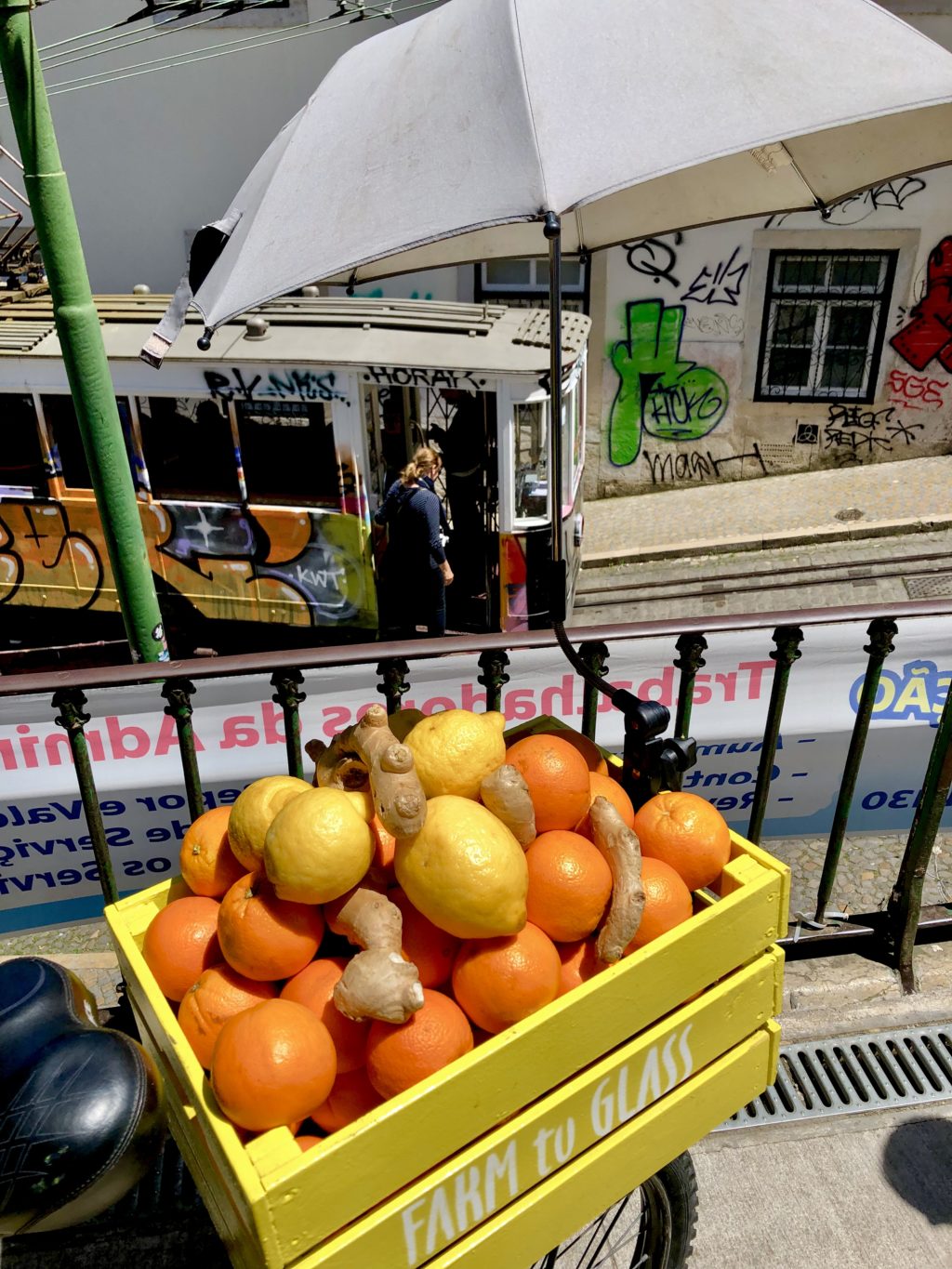
Like most people reading this, I own a smartphone with a decent camera. In the past, I have not used the camera much other than for occasional snapshots.
This trip, I found myself using it more and more, but not only that, I found it enhancing my creativity.
Today we are going to take a look at the freedom of smartphone photography.
Getting Past The Snobbery.
Let’s be honest, many of us, myself included, often look down at the humble smartphone as not really a photographic tool. We pride ourselves on our ability to read the light, nail the exposure and to make every last pixel in our shot a winner. And that’s a good thing; it’s the sign of a true photographer, a person that knows their craft and has mastered their tools.
It can, however, also be a bad thing, in terms of our creativity. We can spend so much time fussing over the details that we can quite easily miss the big picture.
The light could have changed, the subject moved, so many things could have changed while we pondered the settings, that the opportunity is lost.

Don’t Be Shy Of Automatic Modes.
Here’s the thing. In the last section, I mentioned how we pride ourselves on our abilities. If you already have those abilities, then you have nothing to be afraid of when using automatic focus and exposure. Using them does not diminish your ability as a photographer.
Smartphone cameras are designed to be used in automatic modes. Most default to an intelligent program mode, area autofocus and automatic white balance.
They tend to be extremely good at it too. In reality, those modes are designed to flatter the non-photographer. They will often use HDR to push details into skies, increase the saturation of the images, enhance sharpness. But these are often things we will do in post-production anyway, so why not let your phone do it for you.

Why Smartphone Photography Can Increase Your Creativity.
Our best creativity comes when we are relaxed. Our mind has the freedom to interpret the scene in front of us without other thoughts popping into our heads. Our eyes will wander around a scene “seeing” new possibilities for a photograph.
When we ditch our main cameras and just wander a locale with a smartphone and no plan, and more importantly, no plan to photograph, we will often see more photographic opportunities. In the past, this would have had you running back to your car or hotel to grab your camera. By the time you returned, the scene had changed, or you were more stressed and could no longer see that great shot.
Now, when a shot suddenly appears in front of you, you can simply swipe up to open your camera app and shoot away. It’s liberating; it allows you to be spontaneous.
Even if the scene looks too dark or bright, you can slide the exposure up or down by merely touching the screen. No need to think about what to adjust, shutter speed, aperture, ISO, the smartphone does it for you.

You Can Be Comfortable Outside Your Comfort Zone.
Most photographers have one or two genres that they are most comfortable with. For me, it would be travel and cityscape photography. It’s what I know. I struggle with portraits or street photography because I don’t do them very often.
This brings into play one of the enormous advantages of shooting with a smartphone — the ability to experiment in different genres without the fear of failure. You can practice your portraits using a smartphone with a loved one. The lack of a big fear-inducing camera between you and your subject can lead to much more relaxed looking shots.

You can get close; many smartphone cameras will allow you to get very close to a subject, shooting details or abstracts without the need to stick on a macro lens.
If something amusing happens in front of you, you have the perfect street photography camera. A fast focusing, moderate wide-angle discrete camera. That moderate wide angle combined with a small sensor gives smartphone cameras a deep depth of field, great for landscape or cityscape photography.
Of course, that same small sensor is going to give noise in low light and relatively low dynamic range, but sometimes we should aim to shoot the moment for what it is, and not for technical perfection. Smartphones give us that ability.
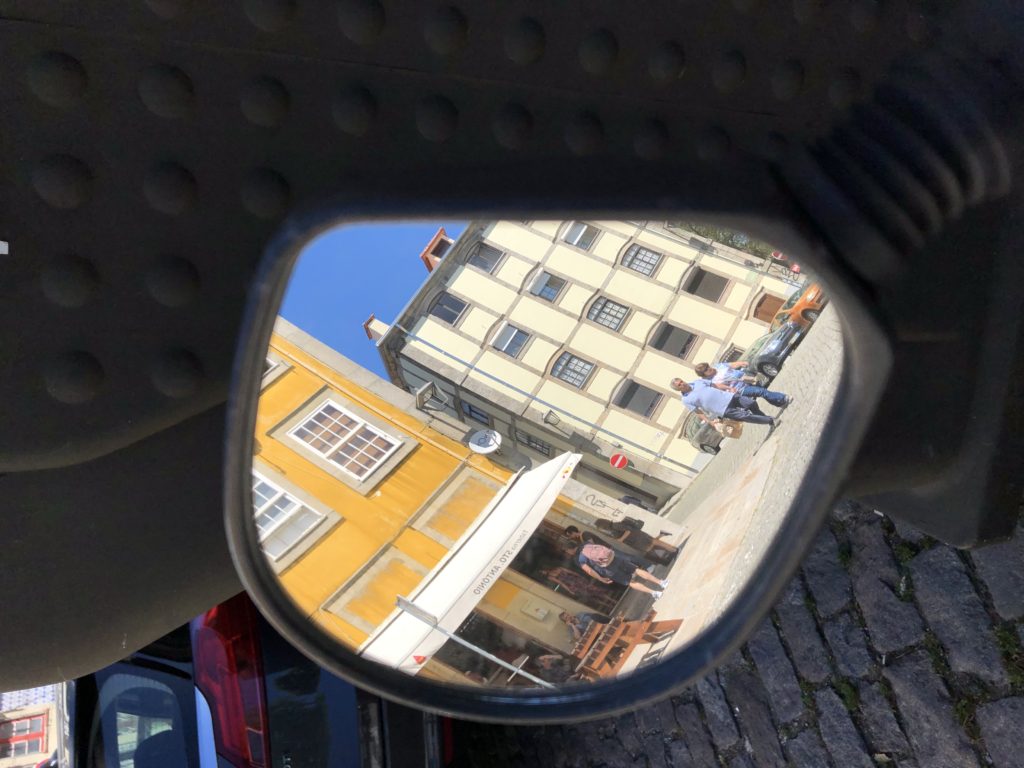
Get Shooting
As we mentioned at the top, there is a certain amount of ingrained snobbery about smartphone photography, and that’s a shame. Smartphones, when used by a talented photographer, can give some amazing images. They can also:
- Enhanced your creativity
- Make your photography more spontaneous
- Free you from the weight of a regular camera
- Allow you to experiment with other genres.
During this last trip, I found myself using my smartphone a lot. As I looked back through the timeline of images, it was clear that I was enjoying my photography, and that showed in the creativity of the photos. Would I print any of them 30×40? Almost certainly not. Would I go back to admire them on screen in the future? Without a doubt, yes.
What shooting with a smartphone teaches most of all is that photography is as much about creativity as it is about technique.

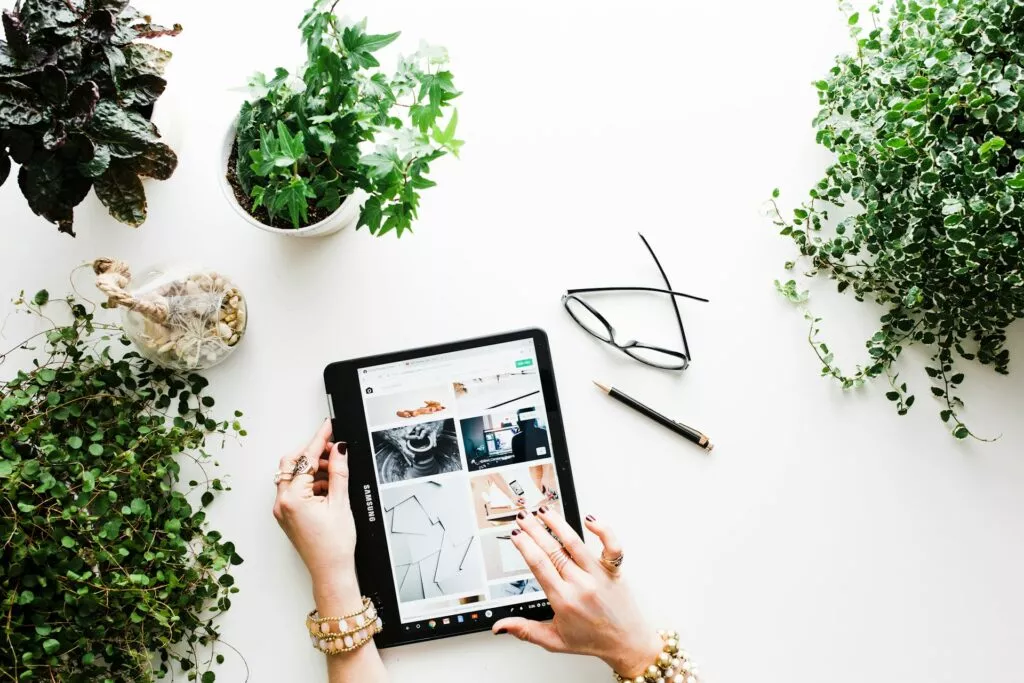
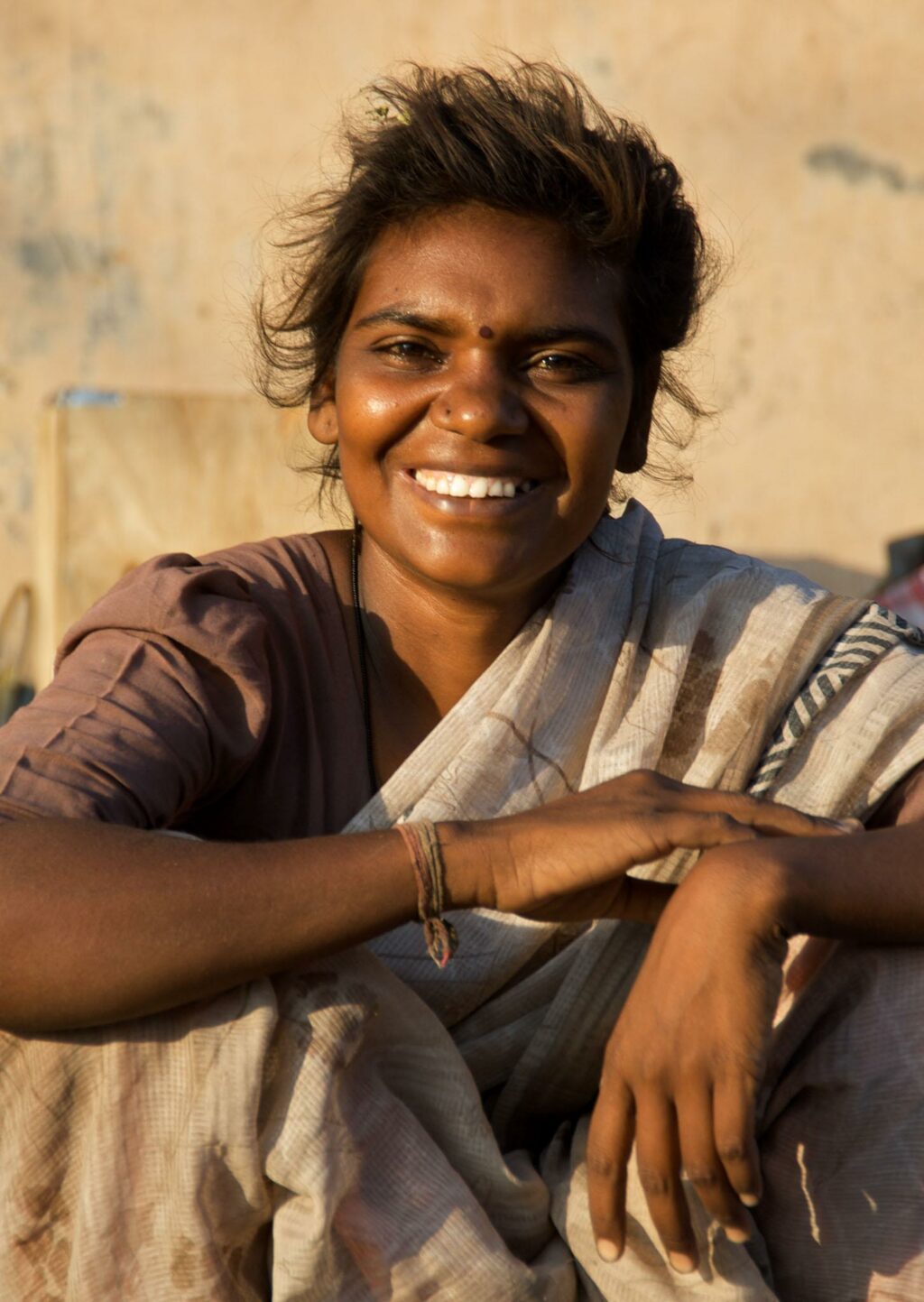
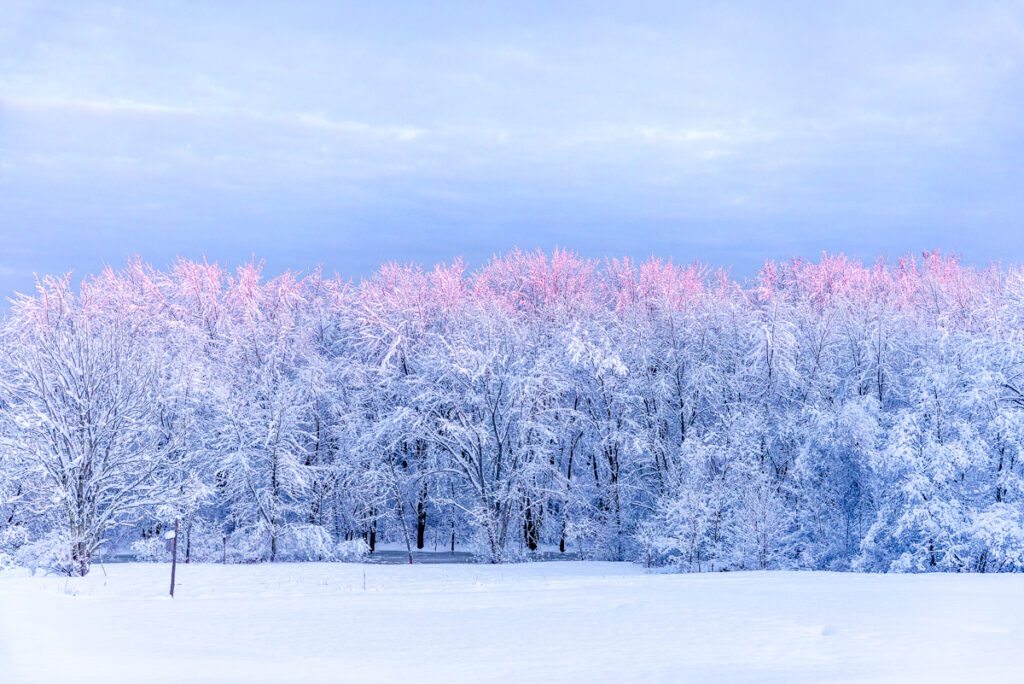
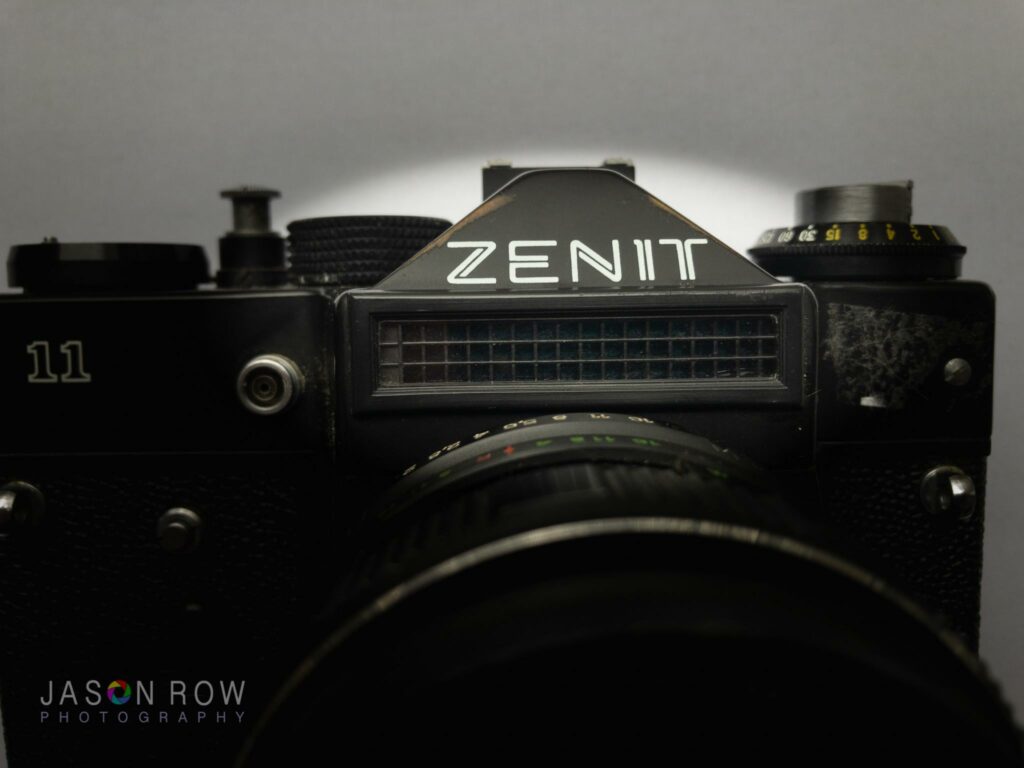
4 Comments
I totally get it!
I have also seen people using an ipod as their cameras. Next time in a Best Buy or an Apple store try one. Very impressive photos.
I meant Ipad.
Wonderful article Jason. I’m one of those control freaks that wants to set everything manually too. I also do shoot a lot of video, so I think I know what you’re on about 🙂
These days, with these modern smartphones, I think they are now pretty much perfect travel cameras. They’re always with you anyway, less likely to attract unwanted attention, tend to be reasonably weather resistant and fast. They’re also connected so you can send those photos back ‘home’ quickly.